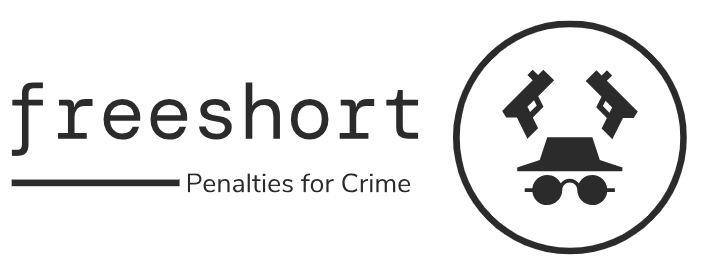
Key Findings: A Surge in Recall Rates
Quality Check Manufacturing’s latest report reveals a concerning trend: a significant uptick in product recall rates across various sectors. The report analyzed data from over 500 manufacturers spanning diverse industries, including automotive, electronics, food and beverage, and pharmaceuticals. The overall recall rate jumped by 15% compared to the previous year, a figure that represents a substantial increase and warrants serious attention from industry leaders and regulatory bodies alike. The report doesn’t pinpoint a single cause, suggesting a complex interplay of factors contributing to this alarming rise.
Manufacturing Defects: The Leading Culprit
Unsurprisingly, manufacturing defects emerged as the primary driver behind the increased recall numbers. The report highlights a worrying lack of robust quality control measures in many factories. Inadequate training for employees, insufficient use of advanced quality control technologies, and a general lack of investment in preventative maintenance were identified as major contributing factors. The report stresses the need for manufacturers to prioritize investment in quality control infrastructure and personnel training to mitigate the risk of defects escaping the factory floor.
Supply Chain Disruptions: A Growing Influence
The report also sheds light on the increasingly significant role supply chain disruptions play in product quality. The reliance on global supply chains, often characterized by opaque and complex networks, makes it challenging to ensure consistent quality standards across all tiers of production. The report found that sourcing materials from unreliable suppliers, coupled with transportation delays and logistical bottlenecks, contributed significantly to increased defect rates and subsequent recalls. Greater transparency and improved communication throughout the supply chain are highlighted as crucial steps towards improving product quality.
The Role of Automation and AI
Interestingly, the report also examines the role of automation and artificial intelligence in quality control. While acknowledging the potential of these technologies to significantly improve efficiency and accuracy in defect detection, the report cautions against over-reliance on automation without adequate human oversight. The report suggests that a balanced approach, combining the speed and precision of automated systems with the nuanced judgment of human inspectors, is crucial for achieving optimal quality control. The human element remains vital in identifying subtle defects that automated systems might miss.
Regulatory Compliance and Legal Ramifications
The escalating recall rates have significant implications for regulatory compliance and potential legal ramifications for manufacturers. The report emphasizes the importance of strict adherence to industry regulations and standards. Failing to meet these standards can result in substantial fines, reputational damage, and even legal action. The report urges manufacturers to proactively implement robust compliance programs and invest in regular audits to ensure they are meeting all applicable regulations. The costs associated with non-compliance often far outweigh the investment in preventative measures.
Recommendations for Improvement: A Call to Action
Based on its findings, the report provides several concrete recommendations for manufacturers looking to improve their quality control processes and reduce recall rates. These recommendations include investing in advanced quality control technologies, improving employee training programs, enhancing supply chain transparency, and adopting a more proactive approach to regulatory compliance. The report stresses the importance of a holistic approach, addressing all aspects of the manufacturing process to effectively minimize the risk of product defects and subsequent recalls. Ultimately, the report underscores that investing in quality control is not just a cost, but a strategic imperative for long-term success and sustainability.
Future Outlook: A Focus on Preventative Measures
The report concludes with a forward-looking perspective on the future of quality control in manufacturing. It advocates for a shift from reactive to preventative measures, emphasizing the importance of proactive risk assessment and mitigation strategies. By implementing robust quality control systems and fostering a culture of continuous improvement, manufacturers can significantly reduce the likelihood of product defects and costly recalls. The report suggests that a collaborative approach, involving manufacturers, suppliers, regulatory bodies, and consumers, is essential to creating a more robust and reliable manufacturing landscape. Click here to learn about quality inspection in manufacturing.








